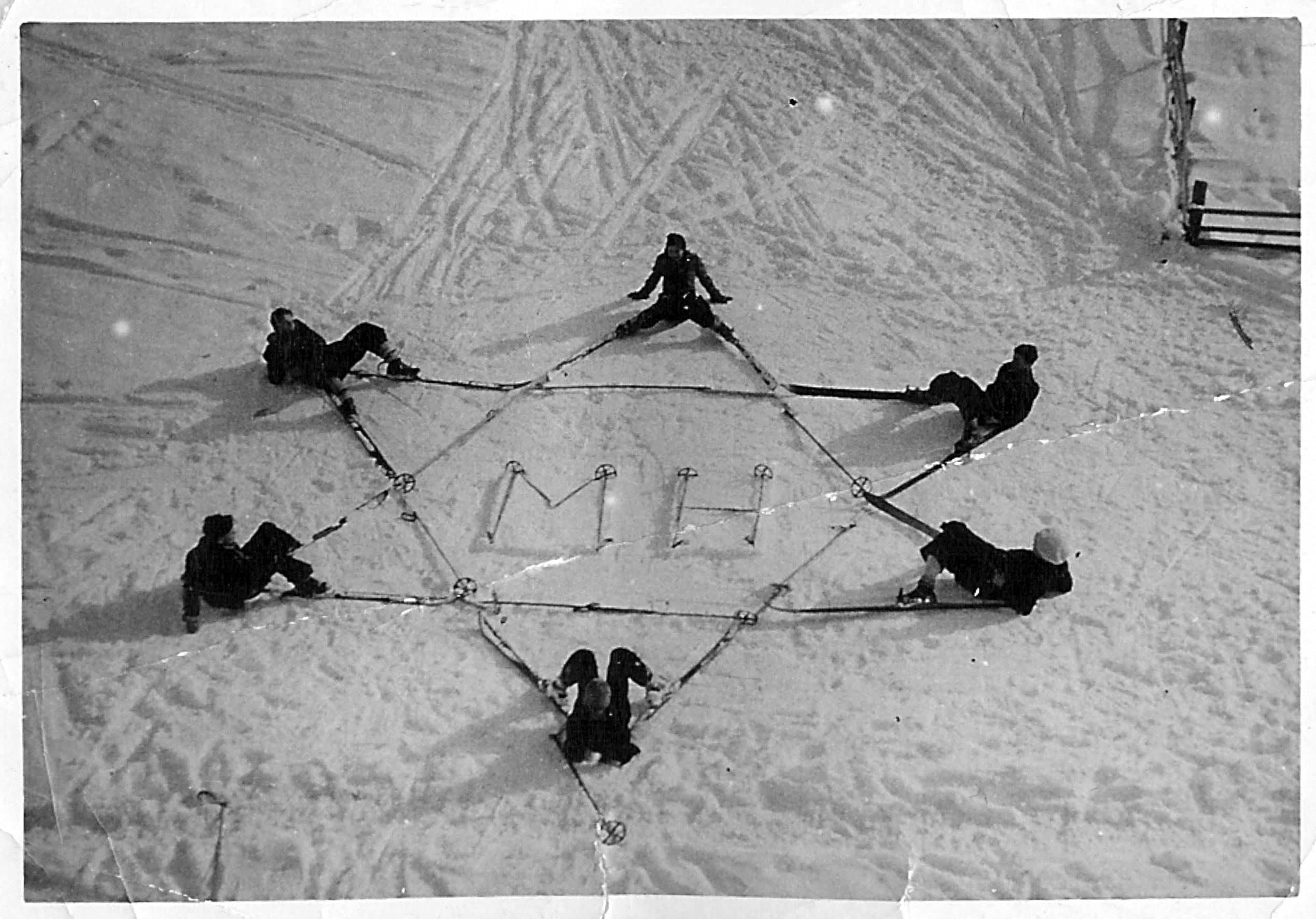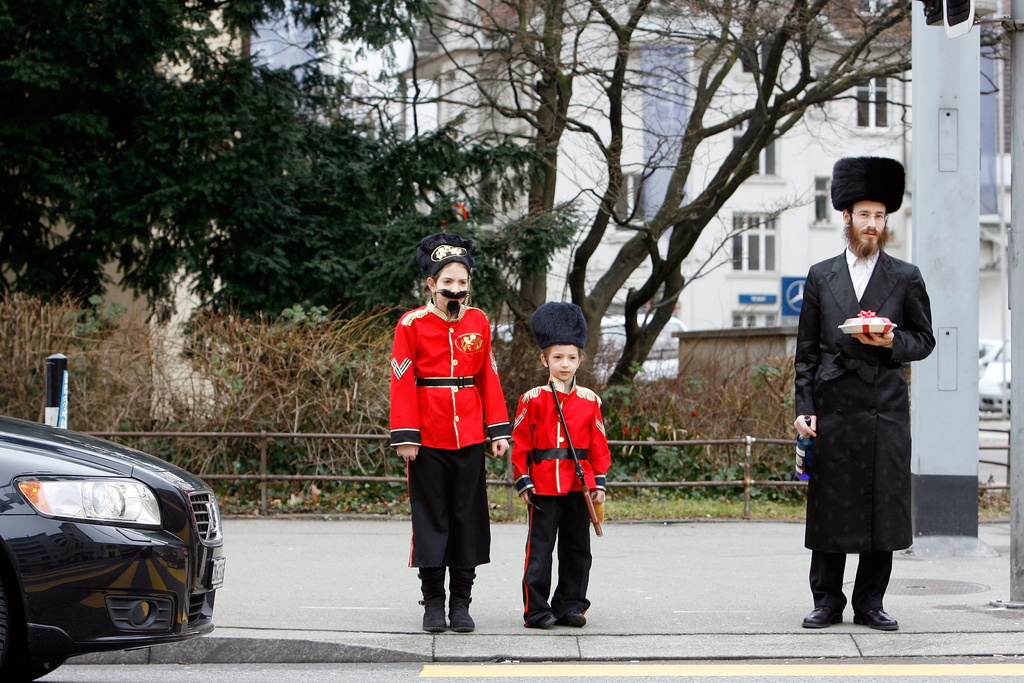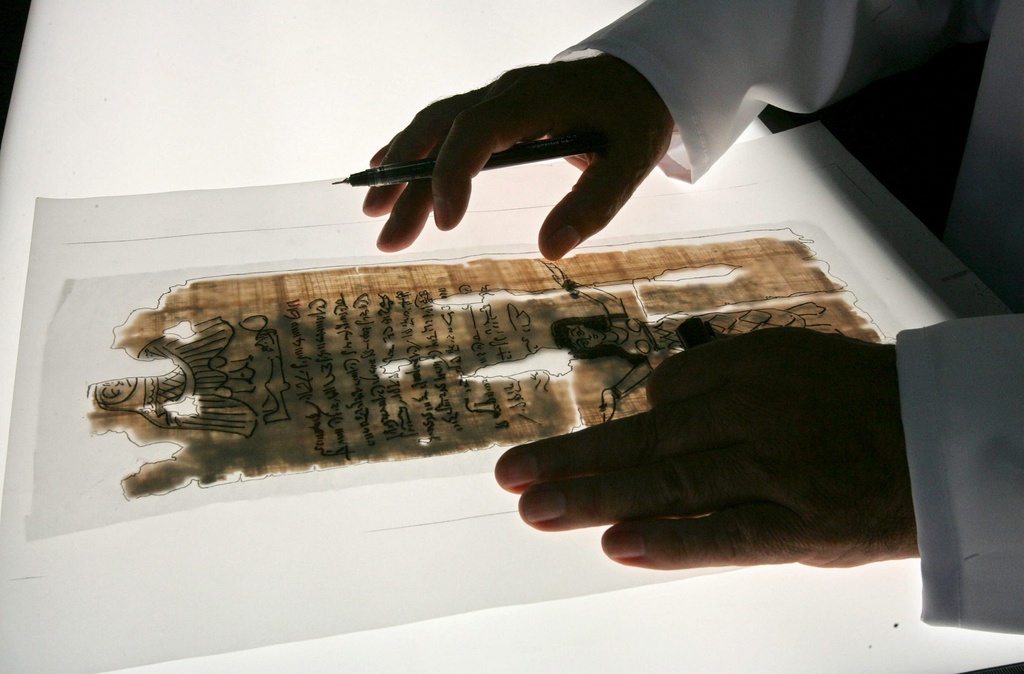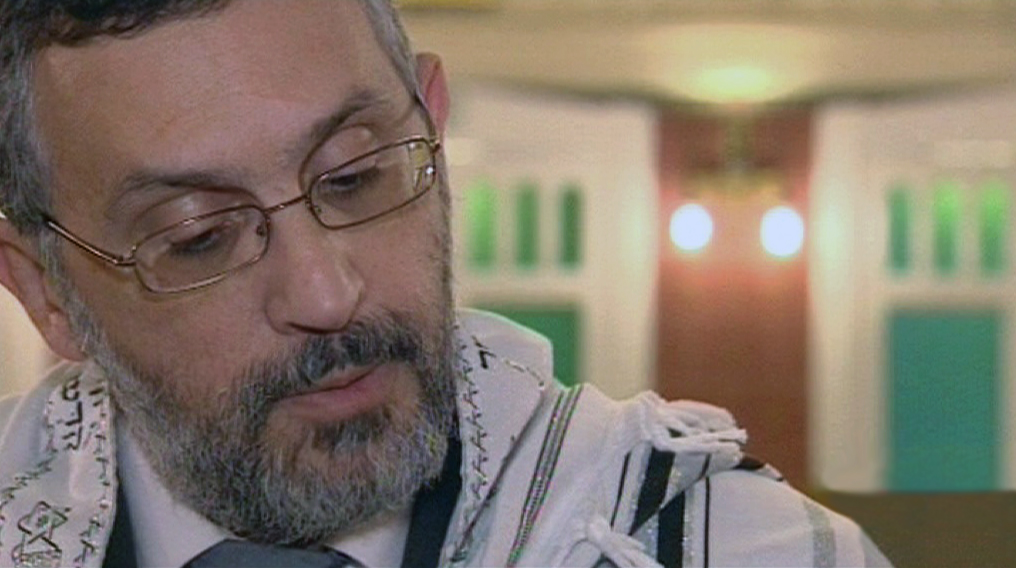Illuminating Jewish culture and history

When a private collection of beautiful Hebrew manuscripts belonging to Swiss businessman René Braginsky first came to light it caused a sensation.
Some of the documents, which include illuminated scrolls, prayer books, Bibles and marriage contracts, are currently on show at the Swiss National Museum in Zurich after having first travelled the world.
Braginsky, a Zurich-based entrepreneur and investor – and one of Switzerland’s wealthiest men with a fortune estimated by Bilanz magazine in its 300 Richest People list at SFr500-600 million ($544-653 million) – has built up his collection over 30 years.
The works, which span seven centuries, have been termed by the National Museum as “probably the most remarkable private collection of illustrated Hebrew manuscripts anywhere in the world”.
They have already been exhibited to great success in Amsterdam, New York and Jerusalem.
“I feel a little bit proud that we can show the collection in my home town as well,” Braginsky, who remains modest about his collection, told swissinfo.ch at the media preview.
Fascination
Braginsky started collecting because he wanted to find a Bar Mitzvah present for his son. Delving into the world of Hebrew manuscripts, he soon became fascinated by them.
“If you hold some of these manuscripts that are 400-500 years old and you think the people maybe didn’t survive, but the books did, I feel that somehow we have saved a lot, by at least saving these documents to show to future generations,” he said.
Braginsky’s own history has been marked by the two world wars. His paternal grandfather came from Ukraine and went missing, presumed dead, during the First World War. This left Braginsky’s father an orphan at 16 and he survived the Second World War in Switzerland, where the family has lived ever since.
More than 100 items from the collection are now on show at the “Beautiful Pages. Hebrew manuscripts from the Braginsky collection” exhibition in Zurich, which opened on November 25 and runs until March next year.
Unknown
However, Braginsky’s collection remained private and unknown to the wider world until 2009 when it was put on display for the very first time.
The location was the Bibliotheca Rosenthaliana at Amsterdam University, one of the most important Judiaca libraries outside Israel.
“When I first got to know the collection some three to four years ago I was surprised to find such a wealth of especially illustrated material, but also important Jewish texts, in private hands here in Zurich,” said the Bibliotheca’s curator, Emile Schrijver, who is also curating the Zurich show.
“This collection is the largest private collection of Hebrew handwritten books available and for certain groups of Hebrew books, it’s certainly the largest collection private or public,” he told swissinfo.ch.
Rich tradition
Schrijver says that for a lay audience there is a wealth of material which “displays a book tradition which is much richer than one would normally expect”.
“One often thinks of Judaism as people studying, working with old books and here one sees the splendour of the Hebrew book, of the illuminated book, and one is confronted with a variety which is probably best conveyed by the original title of the Amsterdam exhibition when we called it ‘A Journey through Jewish worlds’,” he said.
There are, for example, two rare Medieval Jewish legal codes, but also a whole raft of marriage contracts which set out a woman’s legal and property status and the man’s duties. These contracts played an important part in the wedding ceremony and families tended to invest a lot in them, resulting in rich and intricate designs.
One of the most beautiful manuscripts on display is a Haggadah, a book read during Passover, which was illustrated by Charlotte Rothschild, of the famous banking dynasty. It is the first such work known to have been decorated by a woman and can be perused virtually via computer in the exhibition.
Also fascinating are the Megillot, scrolls telling the story of the Book of Esther. One of them shows illustrations modelled after the famous Guignol puppet theatre in Lyon; another has the protagonists in Indian and Ottoman dress.
Swiss connection
The Swiss connection is not missed either. “We tried to add a number of books that underline the coexistence of Jews and Christians in Switzerland,” Schrijver said.
This includes a late 18th century plea by a Christian scholar for a liberal attitude towards Jews, as well as books for scholars interested in Hebrew. Basel in particular was a major centre of humanistic printing in the 16th century.
Braginsky hopes that especially young people will come away from the Zurich exhibition having learnt “something about Judaism and Jewish culture in a different way”.
As for Schrijver, he wants people to have a “wow experience”.
“If that’s what sticks, that people leave the exhibition with a feeling they have seen something they were not aware that even existed, then we have reached that goal,” he said.
The exhibition runs at the Swiss National Museum until March 11, 2012. There is a rich and varied accompanying programme (see link).
Before Zurich, the collection was shown in 2009-2010 at the Bibliotheca Rosenthaliana at Amsterdam University, then in 2010 the Yeshiva University Museum at the Center for Jewish History in New York and the Israel Museum in Jerusalem.
Braginsky has always chosen his manuscripts carefully at auction or through specialised dealers, seeking the advice of learned friends and scholars. He has not finished collecting yet. In fact, there are 25 new acquisitions in the Zurich show which have been bought since Amsterdam.
The oldest manuscript is the 1288 legal code of rabbinic scholar Moses Maimonides and the oldest Esther scroll comes from 1564 and was written by a woman named Estellina. The collection goes up to the 20th century.
Kabbalah – as many know from its association with Madonna – also makes an appearance in the form of, for example, a daily prayer book with Kabbalistic commentaries.
There is a notable Haggadah by a non-Jewish French artist which uses illustrations from 17th century Persian book art, also made for the Rothschilds. It is decorated in gold and lapis lazuli. There is also a work by a non-Jewish artist which depicts God, which is not normally allowed.

In compliance with the JTI standards
More: SWI swissinfo.ch certified by the Journalism Trust Initiative





You can find an overview of ongoing debates with our journalists here. Please join us!
If you want to start a conversation about a topic raised in this article or want to report factual errors, email us at english@swissinfo.ch.